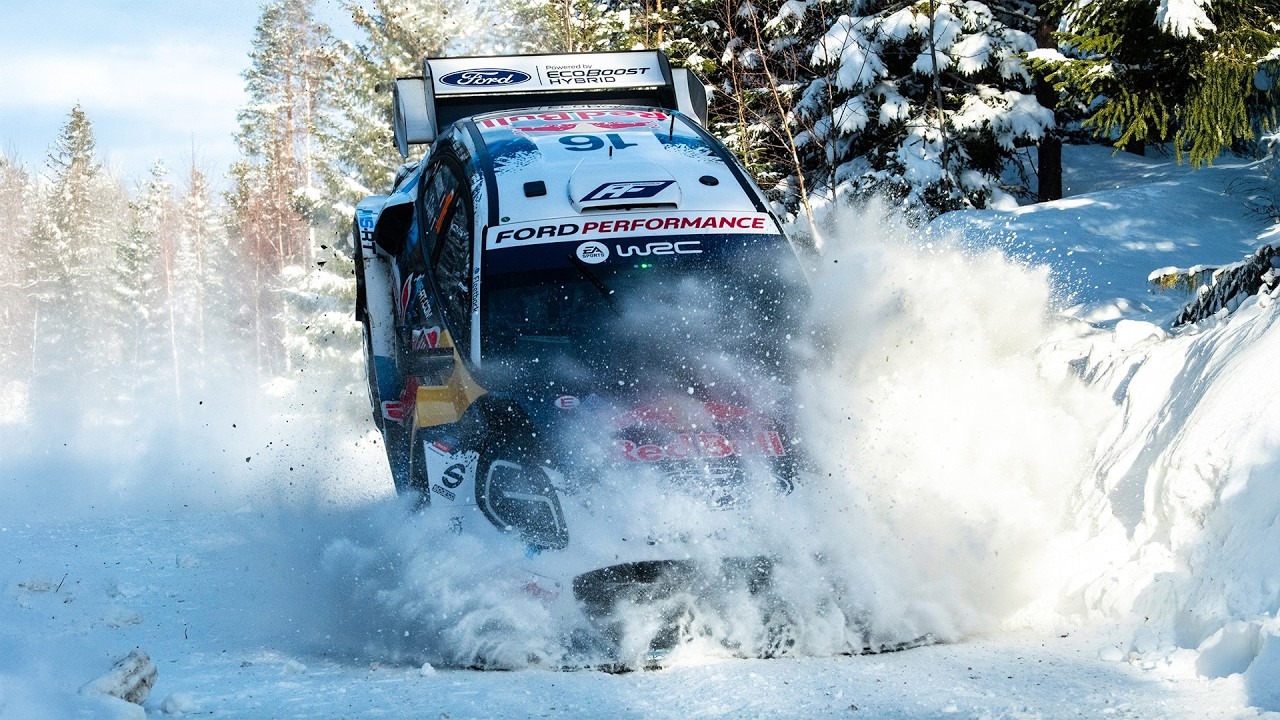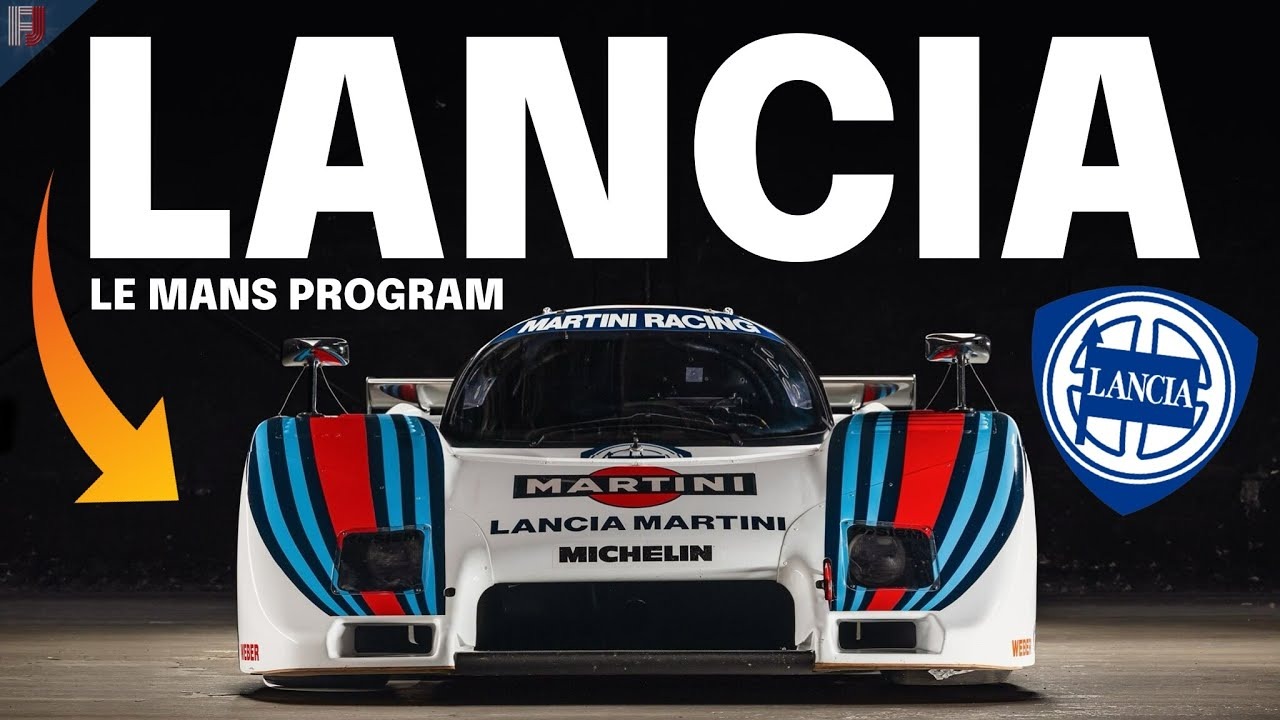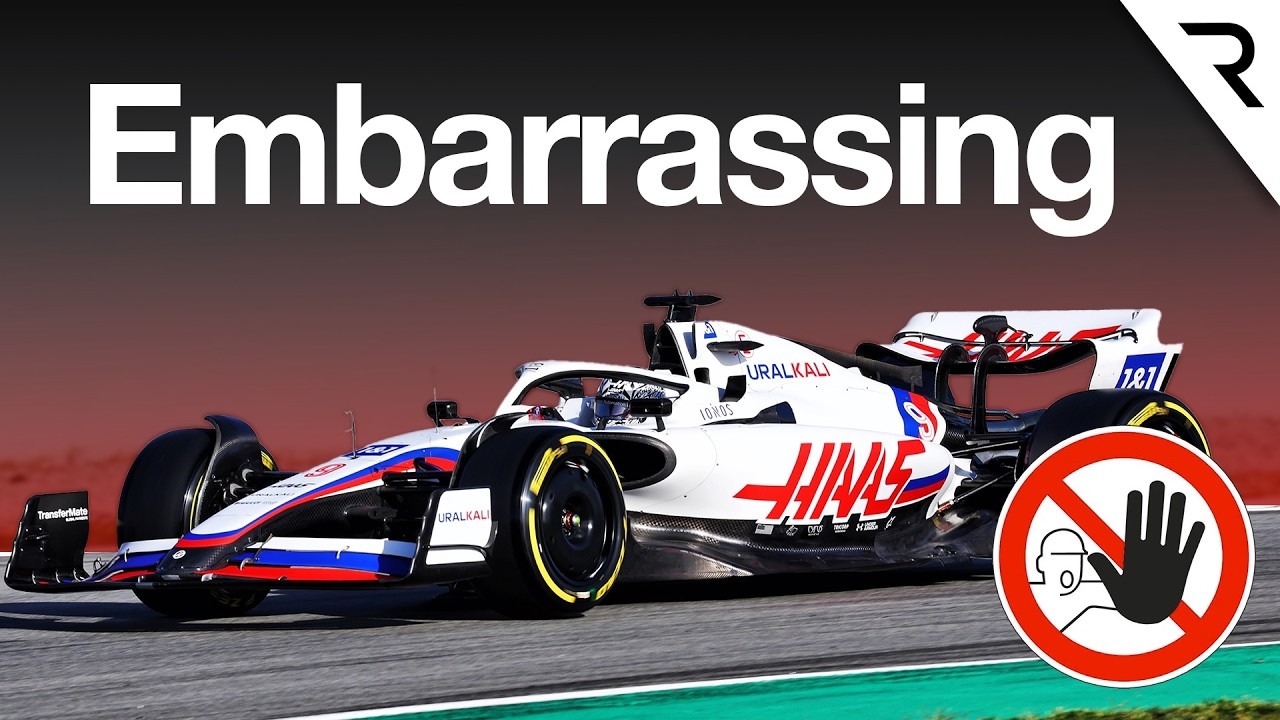This is just the 16th example of the Datsun 240Z Super Samuri. If you haven’t seen this particular 240Z variant before that may be because it was developed in England rather than Japan, and only sold in limited numbers – with only 177 made in total.
This car has been previously restored, it’s well-known in Samuri circles, and it’s only now become available for sale as its former owner passed away. It’s now due to be sold by Silverstone Auctions on the 26th of August.

Fast Facts – The Datsun 240Z Super Samuri
. Spike Anderson founded his company Race Head Services in the early 1970s after leaving famed British tuning company Broadspeed, where he had been an engine modification and tuning specialist.
. The name “Super Samuri” was chosen by Anderson for his new creations as the name “Samurai” had already been trademarked in the United Kingdom.
. Over the years Anderson would built 177 Datsun 240Z Super Samuris, as well as a number of other modified vehicles including a Toyota Celica ST, a Datsun 1200 Sunny coupe, a Datsun 1800 SSS Bluebird, and even a little Datsun 120A.
. The car you see here is the 16th of the 177 Super Samuris that were made, it benefits from a restoration and it’s now being offered for sale as its former keeper, a major Samuri enthusiast, has sadly passed away.
The Datsun 240Z
The Datsun 240Z, part of the’Z series coupés produced by Nissan in Japan from 1969 to 1978, was a highly regarded sports car in its day and remains so now. Its design drew inspiration from a 1960’s styling concept by Count Albrecht Goertz for Datsun, reflecting the company’s ambition to break into the European sports car market and challenge the likes of MG, Austin-Healey, and Triumph.

The 240Z featured a 2.4 liter, straight-six, single overhead cam engine generating approximately 150 bhp – sending the car from 0 to 60 mph in 8+ seconds and reaching a top speed of 125 mph. With a five-speed manual gearbox, independent suspension on all four wheels, rack and pinion steering, and front disc brakes, the 240Z was a modern, agile package that was still affordable to a middle-class person at the time of its release.
Birth Of The Super Samuri
Spike Anderson, having honed his skills while working at Broadspeed on various vehicles, established his own venture called Race Head Services. Early on he managed to extract an impressive 105 bhp from a humble Datsun 1200, giving birth to the first-ever “Samuri” car. The intentional misspelling of “Samuri” was due to the trademarked name “Samurai” being unavailable.
Anderson later acquired a standard Datsun 240Z and quickly transformed it into a much faster machine. His personal car gained significant attention when a prominent UK car magazine published a glowing review of it, leading to a surge of interest in the modifications done by Race Head Services under the guidance of Anderson.
Capitalizing on this momentum, Anderson founded the Samuri Motor Company, offering modified Z cars and performance parts to the public.

The Datsun 240Z Super Samuri, renowned for its distinctive two-tone bright orange and black paintwork, and adorned with a prominent chin spoiler, became an instant sensation. Anderson’s engineering prowess boosted the engine output from 151 bhp to an impressive 190 bhp, significantly improving the car’s overall capabilities.
As the Super Samuri gained recognition, demand for these tuned Z cars soared. Anderson eventually produced 177 Super Samuris, although it’s believed that only approximately 40 of the original cars have survived to the present day, making them a rare and highly sought-after collector’s item.
The 1973 Datsun 240Z Super Samuri Shown Here
Presented as a certified and documented genuine Super Samuri, this car holds the distinction of being number 16 out of the 177 produced. Its availability came about due to the unfortunate passing of its previous owner who was well-known within Samuri circles.

This vehicle was a regular sight at shows and events in the Suffolk area, capturing the admiration of the former owner, who wasted no time in adding it to his private collection and then showing it regularly.
The car underwent restoration some time ago and it still presents well today. The paintwork boasts a slightly lighter shade of red, while the bonnet showcases a Matt Black finish instead of the traditional Samuri Bronze – this choice was purely a matter of personal preference for the former owner and could be reversed by the new owner if they desired a 100% original car.
Accompanying this Samuri is an in-depth history file that includes magazine features, old invoices, MOTs, and references to previous restoration works completed, ensuring the car’s provenance is well-documented and authenticated.

The thriving and tight knit Samuri community remains an excellent source of information and support for enthusiasts, offering valuable assistance in obtaining any required parts. The new owner of this vehicle would be warmly welcomed into their ranks.
The Datsun 240Z, as well as the 260Z and 280Z, have been rapidly rising up the ranks in the classic car world with their values shooting skyward. The 240Z Super Samuri is one of the rarest and least well-known variants, and it seems likely that the value is going to do nothing in the short term but keep going up.
The car is due to roll across the auction block with Silverstone Auctions on the 26th of August with a price guide of £50,000 – £60,000 which works out to approximately $64,200 – $77,000 USD. If you’d like to read more about it or register to bid you can visit the listing here.










